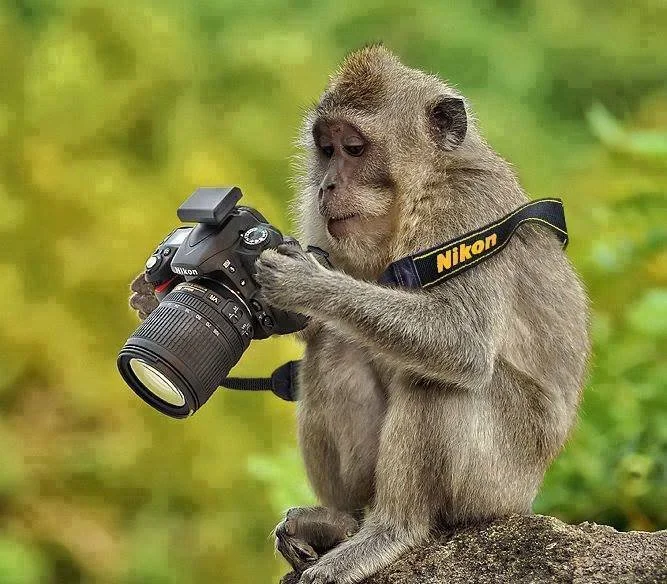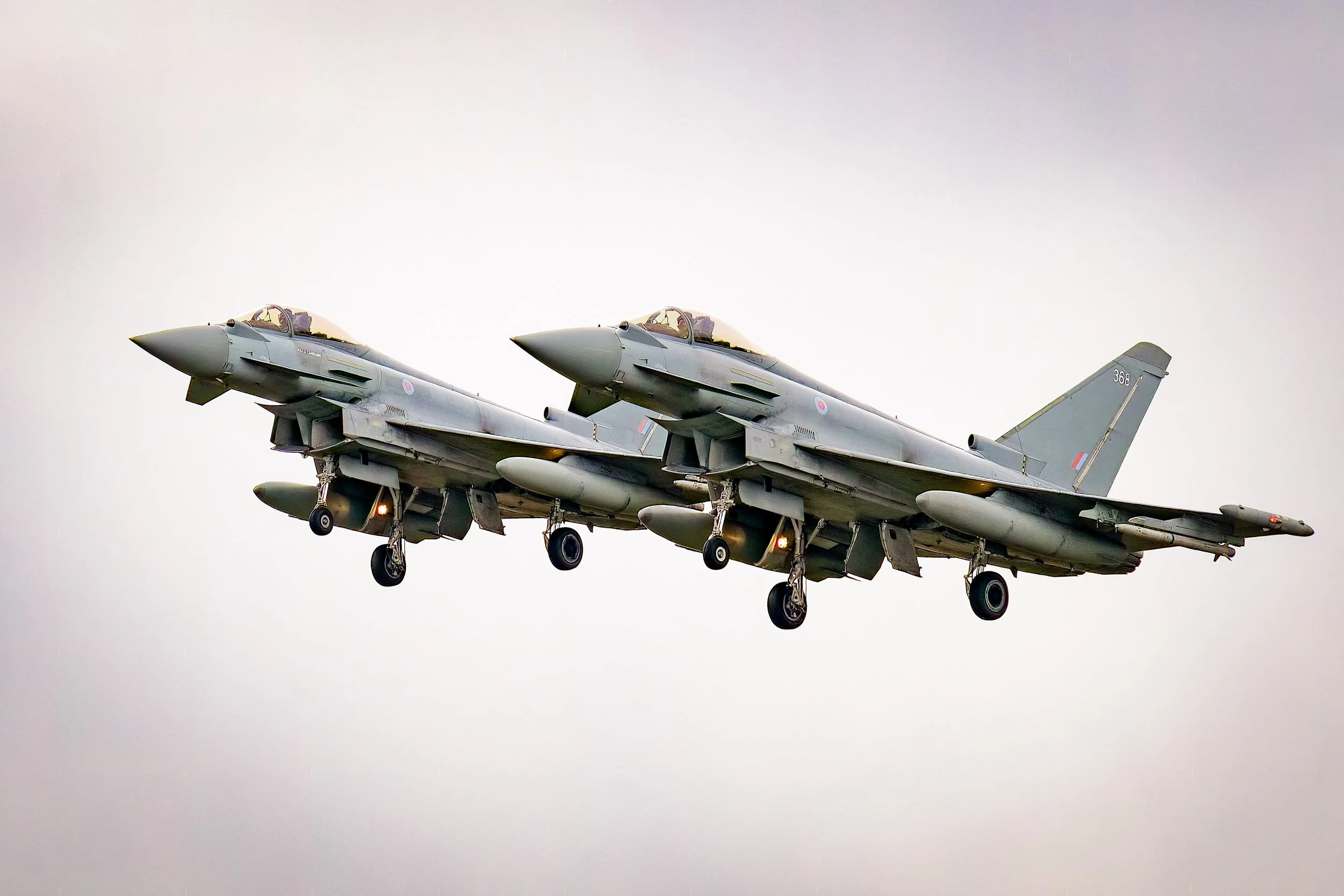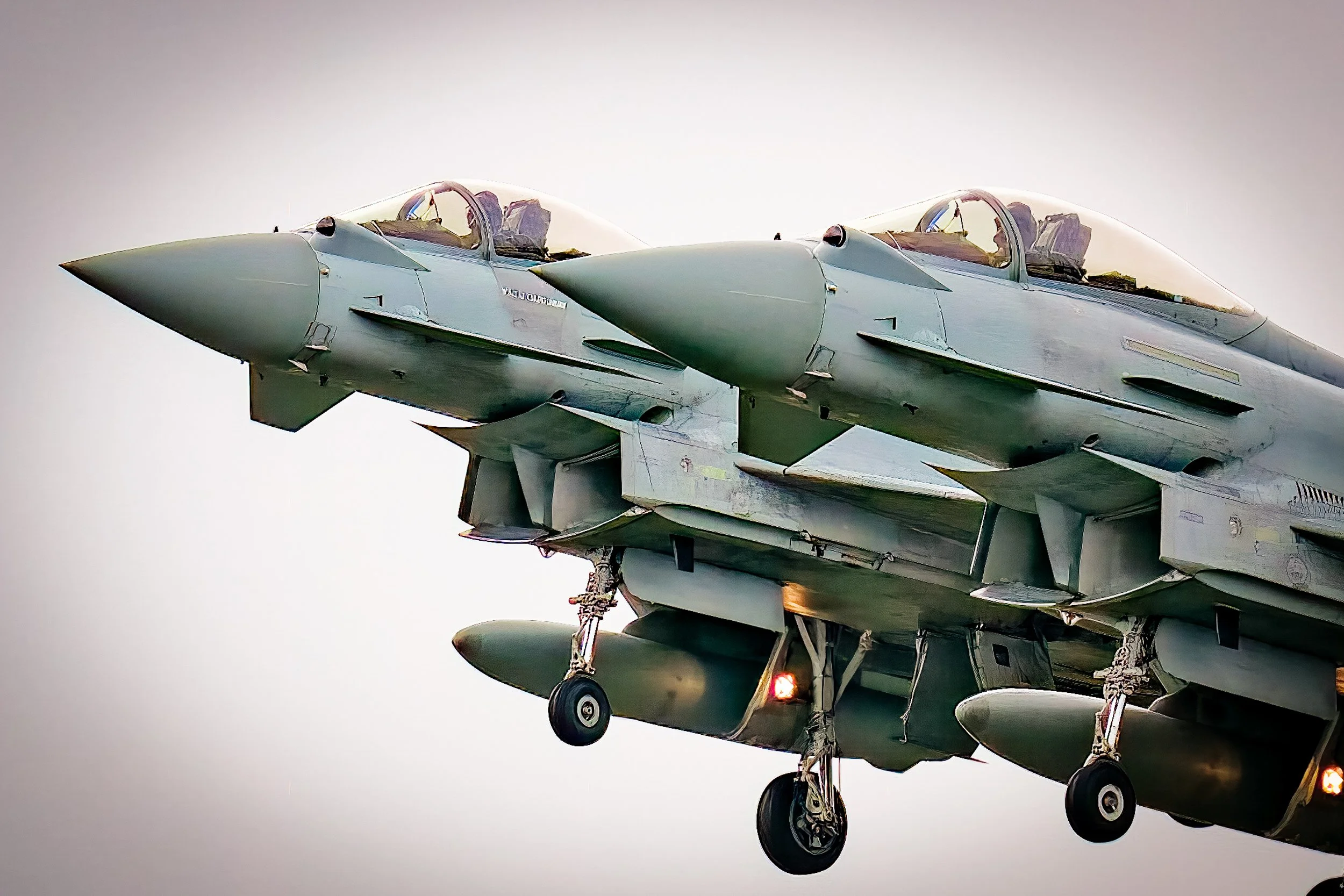Unlearning what we know
In life we are constantly learning new things every day. You will probably have heard the saying “Every day is a school day” and realise that it is very true. It is this constant thirst for knowledge and new skills that drives us forward, but what if at some point in time someone shouts for a time-out so that we can unlearn some of the information we no longer need? This happened to me a few weeks ago and it made me take stock of some things.
The person that called the time-out was Anthony Morganti, a chap I follow on YouTube as I like his post-processing technique videos. He also does a weekly email newsletter and it was in one of those that he posed the question about unlearning things. I suppose the concept can apply to many walks of life but in photography it is certainly true and I will go through a few examples of what I am currently unlearning.
No more film canisters.
From 1975 until around 1998 before heading out to take photographs I would load my camera with a canister or “spool” containing enough film for 24 or 36 exposures on my 35mm camera. I would probably have a few more in my camera bag, but not many as film could be expensive. My mind set at that time was that every exposure is precious, costs money and therefore had to be spot on focus and exposure wise. I would therefore be very selective about what I took photos of. When I got my first digital camera around 1998 I was no longer constrained by the 24/36 exposure canister and now had a 250Mb card that could hold lots of photos. To this day I am still frugal when it comes to taking photos, even although I have fast SD cards of 32Gb that can hold hundreds of photos. I have been on photo-shoots where other photographers would rack up shots in the hundreds and I’m sitting on 50 or so. Only the other day I was taking photos of fast fighter jets and still had my camera on single shot mode and timing my shot so that I got what I wanted. It was at this point I remembered that (on hearing all the other photographers cameras singing like sewing machines), I have a motor drive on my camera that can take about 20 frames per second! I am definitely struggling to unlearn the frugal shooting style and plan to take lots more photos and make use of the continuous shooting feature on my camera when the time is right.
Resolution
So this is another aspect of photography that I have had to unlearn. When I was shooting on film, there were basically two film speeds (sensitivity levels) available to me. Both Ilford and Kodak sold 125 ISO (ASA in old money) and 400 ISO. There were other specialist film speeds but these were the most popular. The 125 ISO film had finer grain but needed bright lighting conditions. The 400 ISO film had courser grain but could be used in lower lighting conditions. There was therefore a trade off and this could be seen in the finished print. The 400 ISO “grainy” prints could be very atmospheric whereas the 125 ISO prints could achieve sharp low grain photos when printed. Then along came digital photography and all of this went out of the window and we were now talking about sensor size in the camera. Modern cameras, including my own, are capable of shooting images over a huge ISO range and in the case of my Fuji X-T5 the ISO dial is marked from 125 to12,800 ISO, but using the command dial this range can be extended to 64 and 51200 ISO. That is insane compared to my film days. This, coupled with the 40.2 megapixel sensor can provide razor sharp images, even in low light. What this basically means is that I can set my ISO level to “Auto” and not worry too much about the images being grainy or lacking in resolution because the camera will adjust the sensitivity to suit the requirements. There are however a number of people who look at digital images and immediately zoom way in to examine the resolution, the two finger swipe in a camera phone is a good example. We call these people “Pixel Peepers” and they require every pixel to be clear and sharp which is of course a complete nonsense. Would they take a big x5 or x10 magnifying glass to an exhibition of black and white prints? Ironically, camera manufacturers now provide the photographers the opportunity in the camera software to shoot with a certain film effect and even to add back in some grain. It’s not all plain sailing though, shooting in very high ISO levels on digital cameras introduces a “noise” effect that can degrade the image but there are software applications like Topaz DeNoise that can remove this effect almost completely in post processing. It is important though to know what the effects of ISO changes have on my images but unlearning the requirement to always shoot at low ISO levels to get detail and sharpness in my images is something I have had to un-learn.
Chimping



